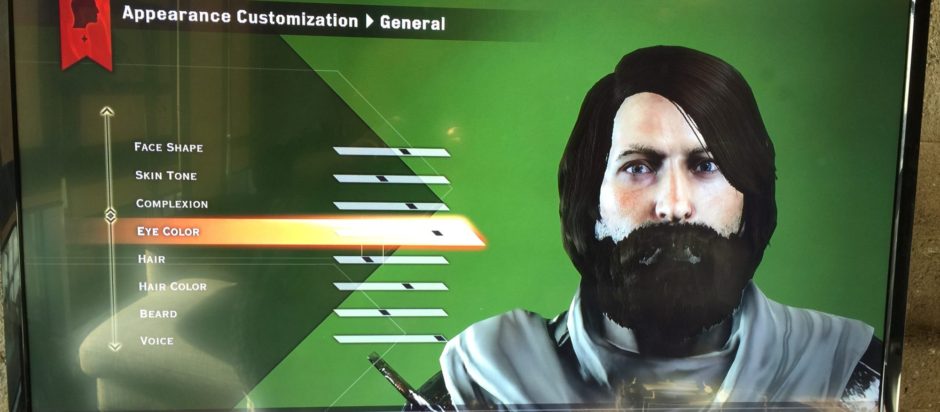This post contains starting points for researching and developing “ambient” storytelling and interaction systems (i.e., stories or games that take place in the background, rather than traditional attention-focusing media artifacts such as movies or console video games). These trailheads and links are particularly useful for anyone interested in designing activities that engage with the existing flows in player-participants’ lives.
Precedents and origins
- Mail Art “The more theoretical branch of postal art probably has its roots in the Italian Futurists at the turn of the century. They actually used the mail as an artistic device. They sent letters back and forth from World War I praising the beauty of war (they were a sick bunch, what can I tell ya?) but they also used the mail imaginatively, creating innovative stationary, letterheads, logos, postcards and rubber stamps.” (A Brief History of Postal Art)
- Sticker Art such as Shepard Fairey‘s Andre the Giant has a posse
- Implementation “Implementation is a novel about psychological warfare, American imperialism, sex, terror, identity, and the idea of place, a project that borrows from the traditions of net.art, mail art, sticker art, conceptual art, situationist theater, serial fiction, and guerilla viral marketing. The text was written collaboratively by Nick Montfort and Scott Rettberg with some contributions from others. Its initial incarnation was as a serial novel printed on sheets of stickers that were distributed in monthly installments.” (nickm.com/implementation)
Web-based ambient storytelling
- The Nethernet “…(previously known as PMOG, the Passively Multiplayer Online Game) is an online game in which players “passively” participate in while browsing web pages. Players earn data points by taking missions, which they can spend on various game items that could be attached to web pages to trigger events when another player next visited that page.” (Wikipedia: The Nethernet)
Context: Play and Mobile Media
- Come out and Play “Come Out & Play helps people rediscover the city around them through play. The festival offers a chance to explore new styles of public games and play. We show how much fun can be had by combining elements like GPS, sidewalks, chalk, smartphones, kickball, SMS, capture the flag, bluetooth, and treasure hunts in a dramatic urban context like New York City.”
- Geocaching “Geocaching is an outdoor activity in which the participants use a Global Positioning System (GPS) receiver or other navigational techniques to hide and seek containers (called “geocaches” or “caches”) anywhere in the world. A typical cache is a small waterproof container (usually a tupperware or ammo box) containing a logbook. Larger containers can also contain items for trading, usually toys or trinkets of little value. Geocaching is most often described as a “game of high-tech hide and seek”, sharing many aspects with orienteering, treasure-hunting, and waymarking.” (Wikipedia: Geocaching)
- SCVNGR
Improvisition and personal micronarratives
- #sxstarwars a spontaneous re-enactment of Star Wars, carried out by a group of SXSW attendees via Twitter. Variety article here.
- Foursquare
- Brightkite
Rabbitholes and User-Generated Content
- The Jejune Institute Explore the site, then check out the Unfiction forum to find out more.
- World Without Oil “World Without Oil combined elements of an alternate reality game with those of a serious game. The game sketched out the overarching conditions of a realistic oil shock, then called upon players to imagine and document their lives under those conditions. Compelling player stories and ideas were incorporated into the official narrative, posted daily. Players could choose to post their stories as videos, images or blog entries, or to phone or email them to the WWO gamemasters. The game’s central site linked to all the player material, and the game’s characters documented their own lives, and commented on player stories, on a community blog and individual blogs, plus via IM, chat, Twitter and other media.” (Wikipedia: World Without Oil)
- Jane McGonigal: “Why I Love Bees” (.pdf) “Alternate reality games (ARGs) are massively multiplayer puzzle adventures that combine online interactive content with real-world game events. McGonigal proposes “stimulating ambiguity” as the central design philosophy of ARGs. She explores how ambiguous game content stimulates massively collaborative game play that allows for a greater share of leadership and meaningful participation in large-scale player groups. She also outlines how the open-ended puzzles of ARGs inspire multiple, creative interpretations that allow for diverse problem-solving strategies to flourish in a single player community. The essay is grounded in a close reading of player-produced content and their interpretations of the core puzzle of the I Love Bees game: a series of several hundred GPS coordinates, dates, and times that were listed on the central game Web site.” (MIT Press)
Embedding media
- Glyphs, RFID tags, and spimes: see Locative Media Resources
- Augmented Reality (AR) Please, please, please don’t confuse AR with ARGs. They’re totally different things. When we talk about ARGs, we’re talking about a set of practices related to storytelling and interaction; AR refers to a specific set of technologies that enable a real-world environment to be augmented by computer-generated imagery or information, creating a kind of “mixed” reality. Layar and Google Goggles are two examples of AR that have recently appeared on cell phones.
- Ghostwire An AR game for the Nintendo DSi.
- The Hidden Park An AR game for the iPhone in which “…children navigate their way through the park by following a map that lets them know where the magical creatures live. Of course, Trutton’s map is magical – as [the children] move past landmarks in the park the map tells them where to go next. The children must solve puzzles and riddles on their way to the next destination. Clues to the answers can be found on the signposts in the park. Following Trutton’s directions, the children take photos of various landmarks. As if by magic, Trutton’s fantastical friends appear in the photos – sometimes right next to the children!”
Location-specific ambient storytelling
- Million Story Building “…an experimental design project exploring how location-specific mobile technology can add playful, imaginative and practical new layers to the relationship between a structure and its inhabitants.” (USC MEML)



Pingback: ARGs in institutions: museums, libraries, schools, and beyond | jeff watson